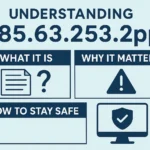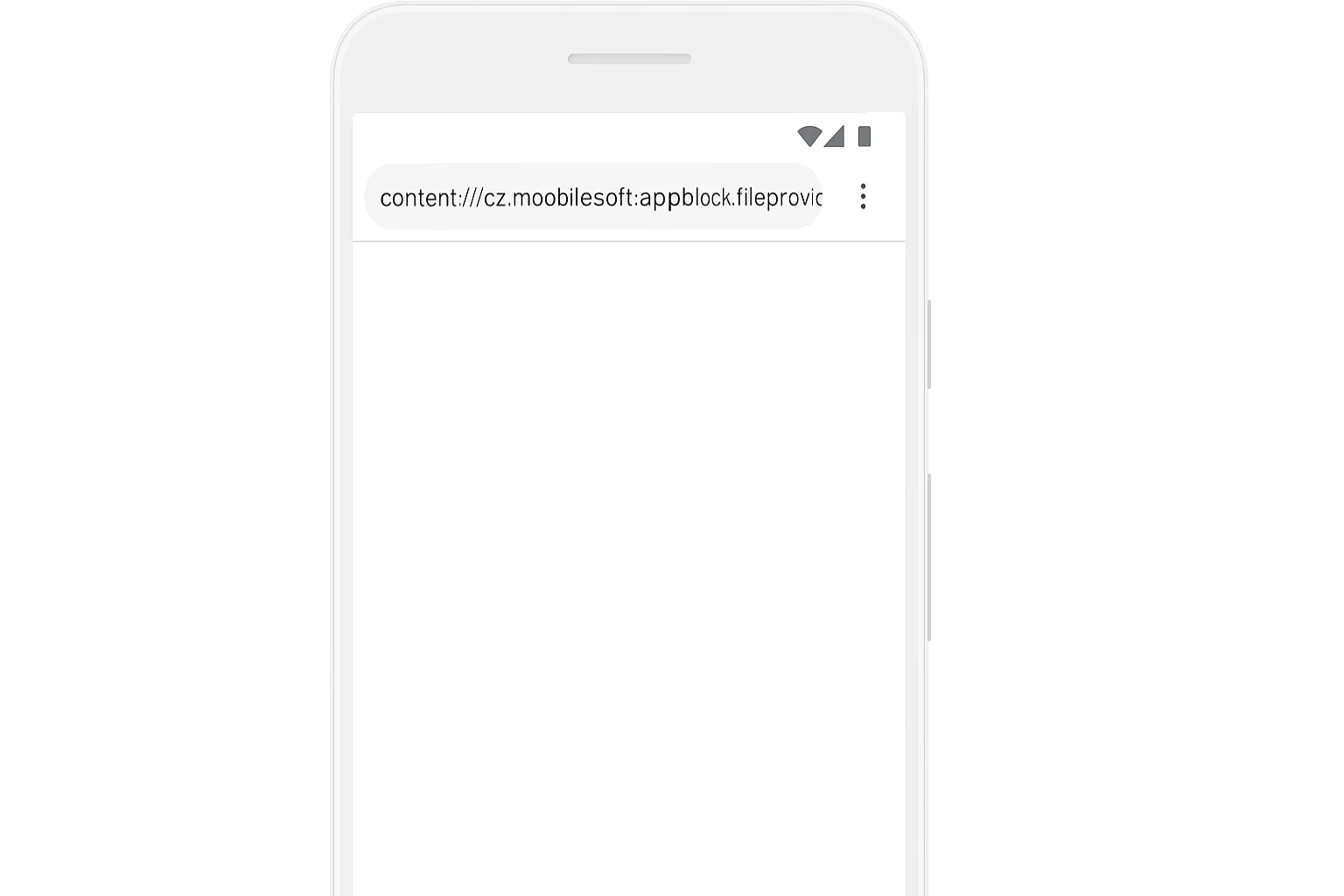In the world of Android app development, users and developers occasionally come across unusual URIs or file paths that seem cryptic at first glance. One such path is:
content://cz.mobilesoft.appblock.fileprovider/cache/blank.html
This path typically appears when you’re using or analyzing Android apps that manage content access, security, or file handling. In this article, we’ll break down what this path means, its purpose, and how it plays a role in app behavior—especially in apps like AppBlock, which are designed to help users focus by limiting app usage.
What Is AppBlock and Why Does It Matter?
AppBlock is a popular Android app developed by Mobilesoft CZ, designed to help users minimize distractions by blocking specific applications, websites, or notifications for set periods of time. It’s used by students, professionals, and anyone looking to boost productivity by taking control of their device usage.
As part of its core functionality, AppBlock interacts deeply with the Android operating system—especially content access and browser activity. This interaction is where the URI path comes into play.
Breaking Down the URI
Let’s look at the URI:
content://cz.mobilesoft.appblock.fileprovider/cache/blank.html
Each part of this path has meaning:
content://– This is a standard content URI scheme in Android, used to securely share files between apps.cz.mobilesoft.appblock.fileprovider– This is the authority of the FileProvider, indicating that the file is being accessed through the AppBlock app’s content provider./cache/blank.html– This refers to a temporary HTML file stored in the app’s cache directory.
So, this path tells us that the AppBlock app is providing access to a file named blank.html stored in its cache folder, using Android’s FileProvider mechanism.
What Is FileProvider?
FileProvider is a special Android component that allows apps to securely share files with other apps using content URIs. It prevents apps from needing direct file path access (which can lead to security vulnerabilities). Instead, FileProvider creates a safe, temporary link to files that can be shared with the appropriate permissions.
In the case of AppBlock, FileProvider is likely used to override or redirect browser activity—perhaps when a user tries to open a blocked website.
Why Use blank.html?
The file blank.html likely serves a very specific purpose: it acts as a placeholder. When AppBlock blocks access to a website, it might redirect the user’s browser to this blank HTML file instead of allowing the original URL to open.
This blank page serves a few important functions:
- Neutral Content Display – Instead of showing an error or allowing content to load, it shows a simple empty page.
- Focus Enforcement – Prevents the user from bypassing blocks by launching the browser directly.
- Better UX – Avoids confusion or technical errors by keeping the user within the AppBlock experience.
Is This URI Harmful?
No, the path content://cz.mobilesoft.appblock.fileprovider/cache/blank.html is not malicious. It is a standard implementation practice in many Android productivity or security apps. However, if you notice excessive or suspicious use of content URIs in unknown apps, it’s always wise to double-check app permissions and usage behavior.
Developer Insight: How to Handle Similar Cases
If you’re an Android developer building focus or security apps, using a content URI like this is a smart, secure method to:
- Override unwanted behavior (e.g., launching blocked websites)
- Maintain user focus or parental control
- Share placeholder content without accessing real URLs or data
Ensure your FileProvider is correctly configured in your app’s AndroidManifest.xml, and handle caching in a way that respects user privacy and device performance.
Conclusion
The path content://cz.mobilesoft.appblock.fileprovider/cache/blank.html might look strange at first, but it’s a clever piece of infrastructure used by the AppBlock app to support its core functionality—blocking distractions and boosting productivity. It reflects how modern Android apps manage content securely and maintain control over system behavior using tools like FileProvider.
For both users and developers, understanding how these components work helps build trust in how apps manage privacy, enforce controls, and interact with the Android ecosystem.










